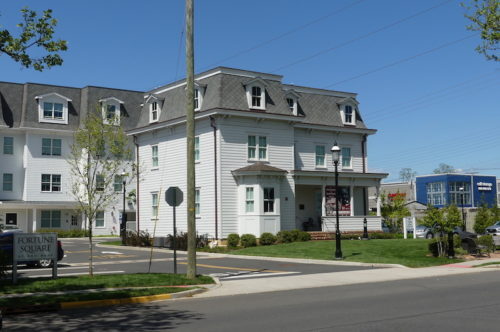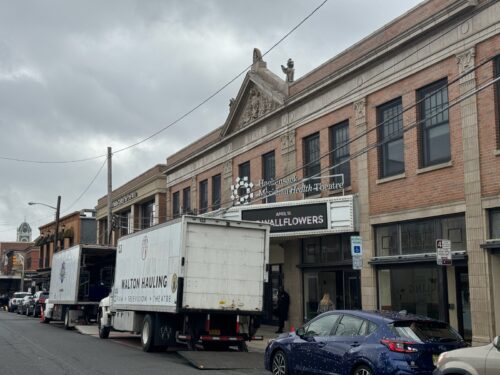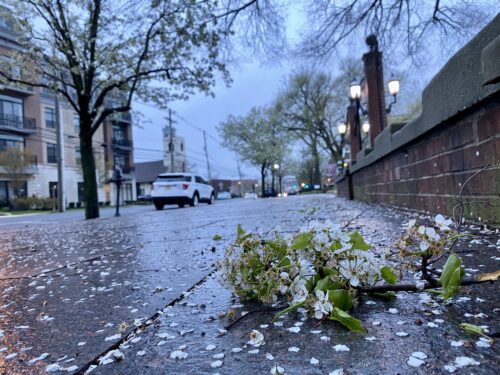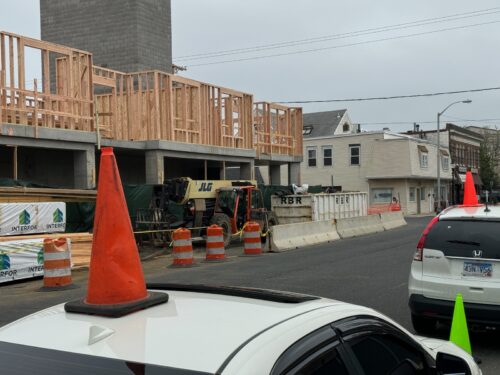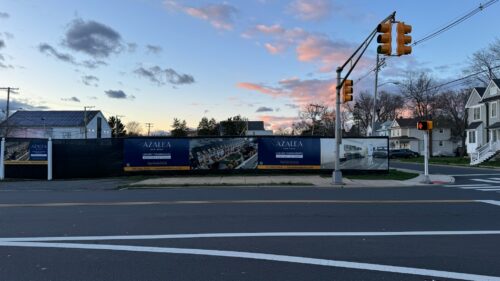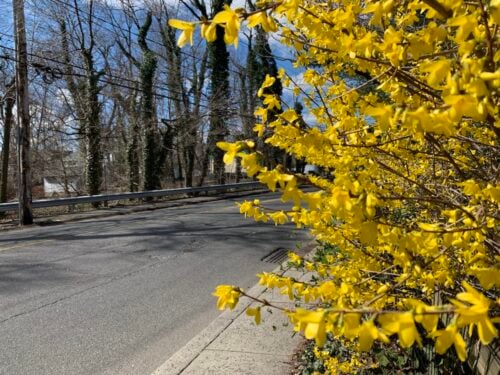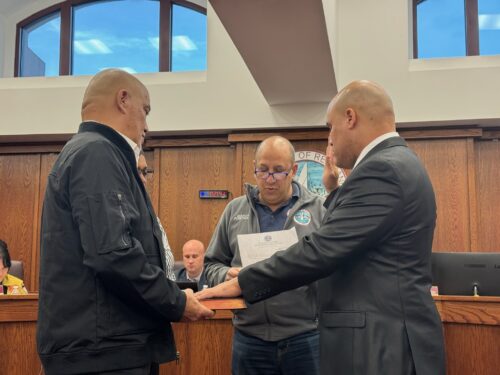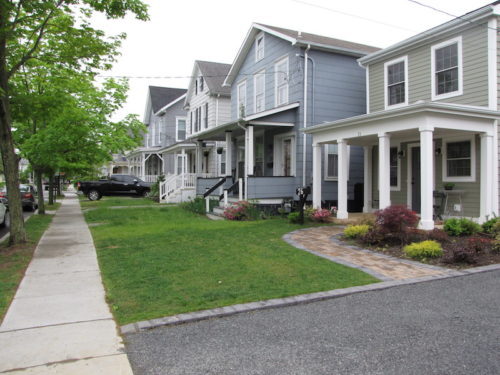
By JOHN T. WARD
Does Red Bank’s Historic Preservation Commission need more teeth?
The borough’s planning board began chewing on that question Monday night, and seemed not to like the taste of it.

The board was tasked with determining whether a proposed ordinance giving the HPC greater authority is consistent with the town’s Master Plan.
The ordinance was introduced at the borough council’s last meeting, on May 9, and was tentatively scheduled for an adoption vote at its next one, on May 30 (the fifth, rather than the usual fourth, Wednesday of the month).
The planning board, however, received and granted a request from Red Bank RiverCenter to defer a decision until RiverCenter has a chance to review the proposal. The board tabled a full discussion until its next meeting, on June 4.
But for 25 minutes Monday night, two board members — including Barbara Boas, who’s a member of the HPC — voiced initial reservations about the need for the ordinance.
Over several years of discussion at the HPC, “the concept was to develop some enforcement, to a certain extent,” said Boas. “But to me, this is a bridge too far.”
The aim of the ordinance, the proposed law states, is “to encourage desirable development in those areas of the Borough which possess unique historical character and to further enhance, promote and expand the cultural and historical identity, character and environment of such areas through the review and approval of exterior architectural design and other significant features of buildings and other structures to be modified or erected and/or sites to be improved.”
Enactment by the council would empower the HPC to “review plans for new construction so that such construction is compatible with existing and nearby structures in both the Washington Street historic district as well as the downtown “Design District Overlay (DDO) Zone,” and any property in town that’s included on “the most recent version of the Borough’s Historic Preservation Element of the Master Plan,” the document says.
Former councilman Art Murphy, leading the planning board meeting in the absence of chairman Dan Mancuso, said he was concerned about “scaring off” both potential investors in the downtown district and homebuyers.
“It’s another hurdle for somebody coming into town to do business,” he said.
He asked that the board be provided with maps showing the specific outlines of the two zones, as well as information about specific properties outside the zones that would be affected.
Boas said she was “trying to figure out why we’re adding a third layer of evaluation” for property owners seeing to modify their homes.
Development applications are first screened by the planning and zoning office. Depending on the criteria in land use laws, director Glenn Carter can approve them himself or refer applicants to either the planning or zoning board.
Carter told the board that of the 500 permit applications processed by his office each year, “only about 30 end up before a board.” Of the other 470 or so, only those that are in one of the three specified categories would be required to seek approval from the HPC, he said. Applications that the HPC rejects could be appealed to the zoning board, he said.
The HPC’s new power would apply to applications for a residential fence or signage in the commercial district, for example, Carter said. Applications that the HPC rejects could be appealed to the zoning board, he said.
But the ordinance seems to elevate the HPC from an advisory group “to a full-fledged board,” Boas said, one with a $150 $100 review fee added to other filing fees.
“It’s going to really annoy people,” she said.
No members of the HPC were in the audience Monday night.
At the council’s May 9 meeting, Jim Scavone, RiverCenter’s executive director, expressed “concern” that the ordinance, and two others on that night’s agenda — one addressing puppy mills, the other on commercial trash pickups — “contribute to the perception that Red Bank is business-unfriendly.”
“I feel like those conversations we’ve had in recent history” about improving the borough’s reputation “are taking a turn,” Scavone said.
In the historic preservation ordinance, he said, “there are some real concerns about the regulations that will be placed on the businesses or the properties within the historic district.”
Last week, Scavone told redbankgreen that RiverCenter members “have some questions and are hoping to meet with some of the council members to talk through it.”


